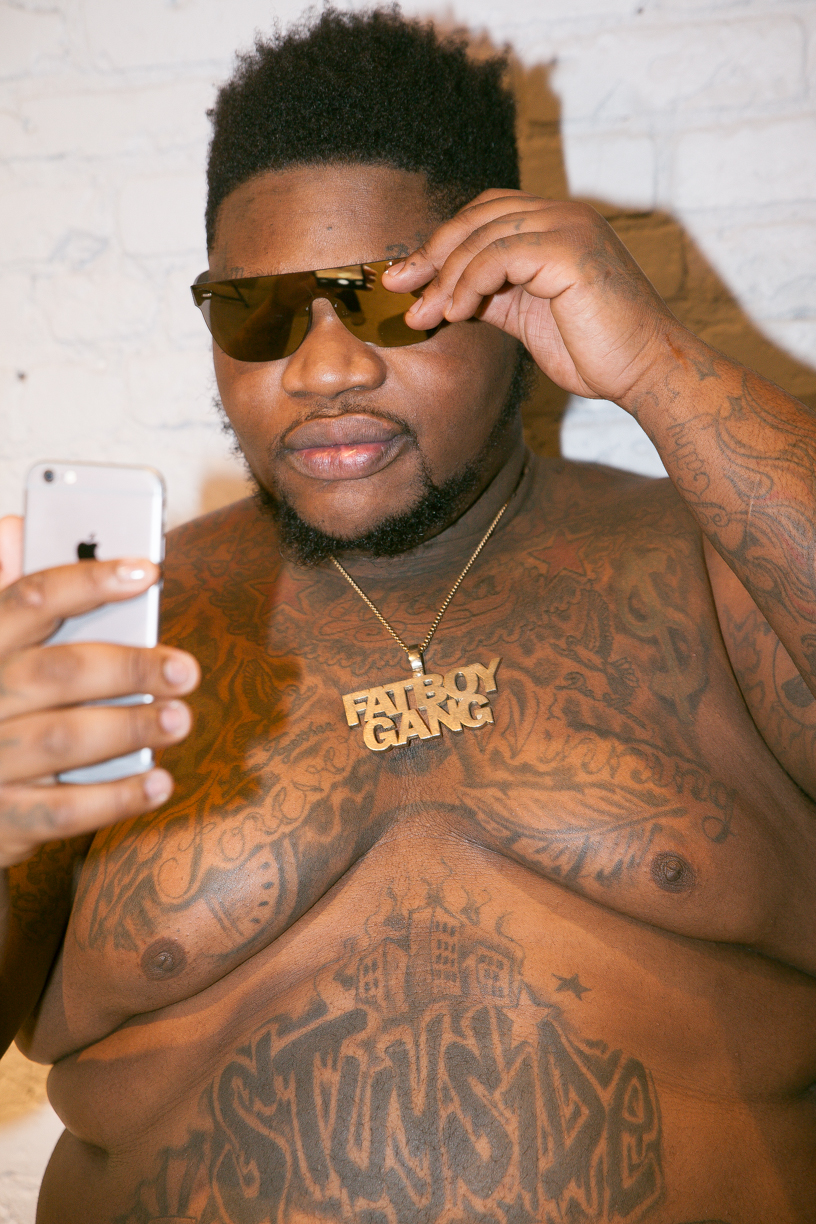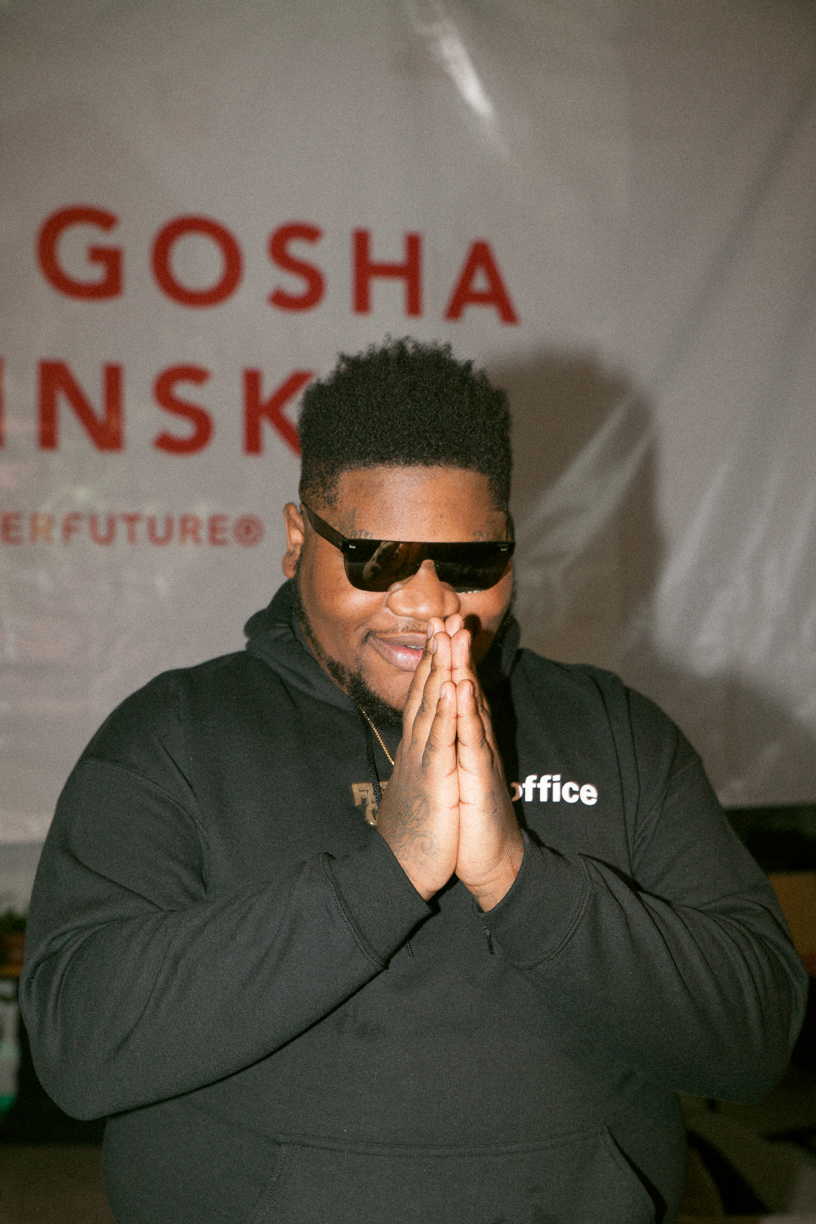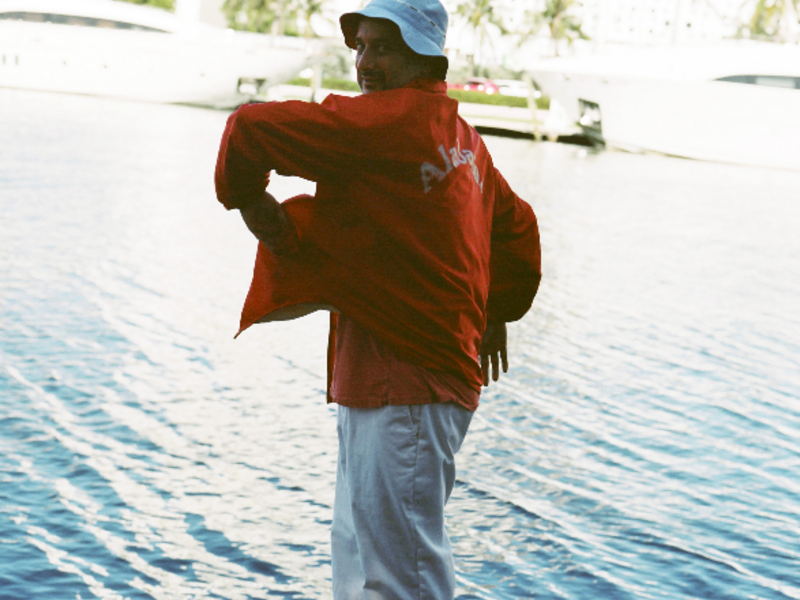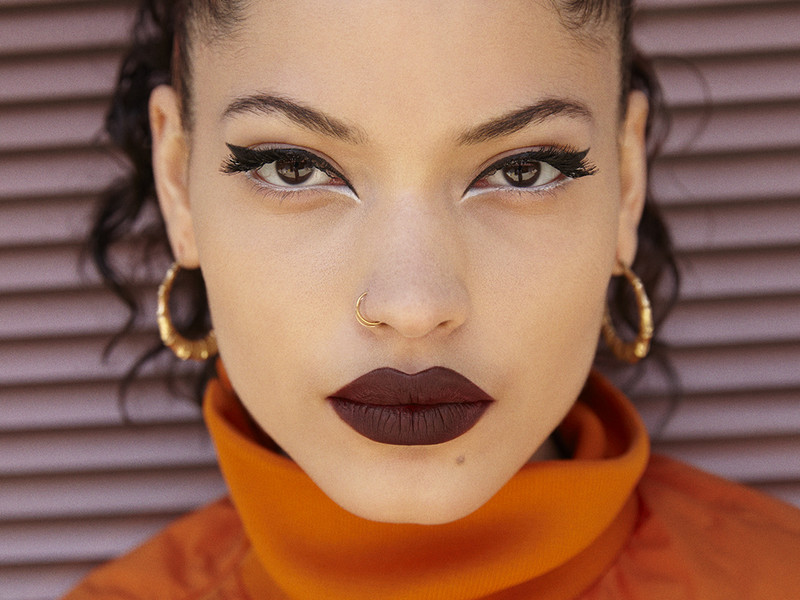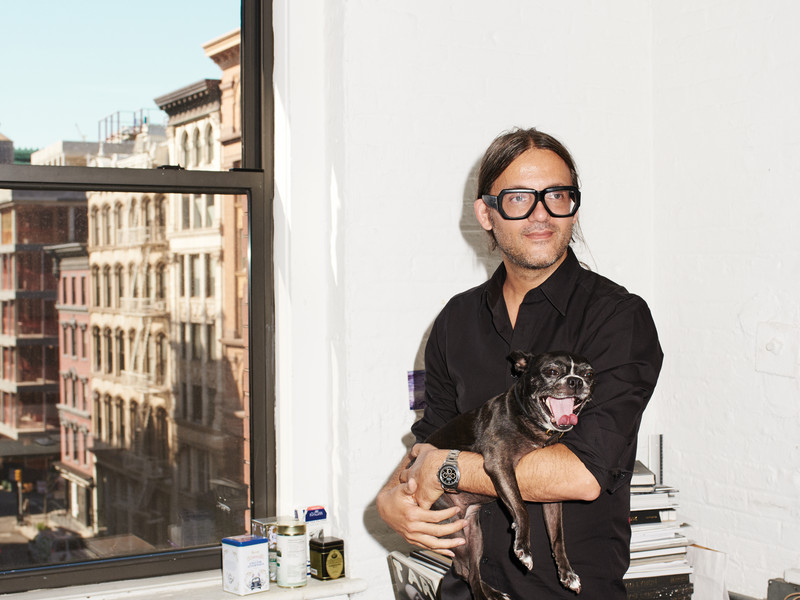Thanks in part to the efforts of Parley and its partners, the developed world is becoming increasingly aware of the fact that our oceans are in peril, and increasingly eager to get involved. But as Cyrill notes, his organization is solutions-based, and in their view charitable donations and corporate sponsorships, while perhaps well-intentioned, won’t suffice. To channel enthusiasm into meaningful action he knew they must first identify a shortlist of the highest priority issues that need fixing. “Pollution, including plastics, as well as overfishing and acidification and are the three major threats we focus on.” Of these three, Cyrill pegged the problem of plastic pollution as a perfect testing ground for one of Parley’s first full-scale campaigns of collaborative innovation. “We have to stop plastic pollution from occurring in the first place, and then also get that shit back out of nature, because it doesn’t belong there. So we decided to go in with a solution by creating a product. We saw ocean plastic not only as a problem, but also as a valuable resource for the fashion industry.” Parley runs a global cleanup network with over a hundred partner organizations that are already working to retrieve as much as possible of the approximated eight million metric tons of plastic waste that enter our oceans each year. Commodifying ocean plastic renders the network’s efforts doubly productive, simultaneously cleaning the oceans and harvesting a useful resource.
The next step was to find a like-minded company that would fully take on the cause and put this new recycled material to use, and when Parley landed Pharrell Williams as their frontman for ocean plastics brands clambered to get involved. “We had over five hundred collaboration requests from companies, but over ninety percent were bullshit,” Cyrill admits. “Companies that wanted to capitalize on the good publicity but weren’t truly willing to change.” Unwilling to compromise with a brand that was only in it for the press coverage, Parley held out for the perfect match, making progress with smaller-scale projects in the meantime, including a denim collection with G-Star Raw that incorporates yarn spun from ocean plastic fibers. After a two-year search they finally found their dream partner in Adidas. The legendary athletic brand had immeasurable clout and popularity, but what mattered to Parley most was their promise of unprecedented commitment, a pledge on which they’ve since followed through in full. “They’re going in heavily,” Cyrill says with satisfaction. “When we are working to invent materials it’s not like we just have our scientists sitting in their labs—we have their experts and specialists sitting in our labs.” The collaboration is already bearing fruit, most recently with a partially 3D-printed prototype of the Adidas Boost sneaker constructed from reclaimed and recycled ocean waste, showcased at the COP21 climate conference in Paris. The shoe should be officially released early this year. But Adidas has gone beyond developing a one-off showpiece, taking on additional initiatives to remove pollutant plastic microbeads from their bodycare products and cease use of plastic bags in all retail stores by mid-2016, setting impressive new industry standards.
“This is only possible,” Gutsch notes, “because the leaders of the brand, the CEO and the board, decided to go all-in.” Unfortunately such a profound level of dedication to sustainability is still a rarity among corporate brands. It’s true that more and more companies have been restructuring to include environmentally-focused management positions, the most prominent of which being that of Chief Sustainability Officer, but the scope and influence of these roles vary greatly. “Most of these companies don’t see any reason other than public pressure to do something for the environment, which is why a lot of sustainability managers are located in marketing or communications. But the real opportunity here is to make eco-innovation a main criterion of how your company is run, which is why the chief of sustainability should really report directly to the CEO.” The way Cyrill sees it, failing to commit to innovation now comes at the company’s own expense in the long run—the specter of mandatory sustainability measures may loom far enough in the distance to ignore for the moment, but to the forward-thinking the prospect represents a lucrative opportunity. Gutsch predicts that in the coming years, as ecologically unsound products, practices and materials are rejected by consumers and taxed, restricted, or banned by law, the need for sustainable alternatives will effect “a new gold rush for eco-innovation,” richly rewarding any early adopters and leaving the nearsighted holdouts to play catch-up.
Even at the individual level, staying ahead of the curve has its benefits. As a consumer, developing more environmentally conscious habits will influence those around you, and the sooner you make these changes, the greater your impact will be. Plus, if we regard marine conservationism the way Parley does, you have the unique opportunity to help spearhead what is fast becoming the next burgeoning supertrend. Cyrill’s advice for getting involved is to start by educating yourself. “First of all, learn more. Find Parley on Facebook and subscribe. Jacques Cousteau said, “People protect what they love,” and how can you love something if you don’t know it?” Next, he says, “Pick a battle. Go for plastic—it’s very simple, just cut down wherever you can, don’t use plastic bags, don’t ask for disposable utensils with your take-out, use reusable bottles instead of plastic ones.” Alternatively, one could focus on overfishing, another of Parley’s top threats to the oceans, which is so severe many scientists forecast that at our current rate of consumption all commercial fisheries will have disappeared by 2050. The recommended course of action in this case is a bit more blunt. “Honestly? Stop eating fish. Or try to drastically reduce it. A lot of fish is not even healthy anymore, it’s full of mercury and plastic.” Then there’s the persistent issue of carbon emissions—often thought of only as an air pollutant, carbon dioxide is in fact absorbed by the earth’s oceans in staggering quantities, throwing off the water’s pH balance with disastrous effects for marine life. “When it comes to acidification of our oceans and climate change, buy an electric car if you can afford it, or try not to use your car so much—and don’t eat red meat.” That last bit may come as a surprise, but it turns out the level of greenhouse gases generated by cattle farming and the beef industry are by some estimates even higher than those caused by fossil fuel-based transportation. The variety and scale of these threats to the ocean may seem overwhelming, but Cyrill advises not to try and tackle everything at once. “Just observe your own consumption behavior. And try, in a gentle way, to have influence on your professional and personal networks.”
Faced with the catastrophic state of the earth’s oceans, Cyrill Gutsch was inspired. With Parley for the Oceans he is amplifying the discussion of marine conservation from the high seas to the corporate boardrooms of the world, inviting scientists and skeptics, bohemians and bureaucrats to engage in a dialogue and work together towards a resolution. As a species it appears we’ve taken our oceans for granted, and caused them grave damage. We cannot reverse it, but we can choose to stop inflicting harm, and Parley can help. If you care to contribute, learn what you can, then do what you can. Once you know the facts, Cyrill’s simple guidance will ring as true for the CEO as for the curious, concerned civilian. “Be a role model. Start the conversation.” – END.
Learn more at Parley.tv and Facebook.com/parleyfortheoceans



